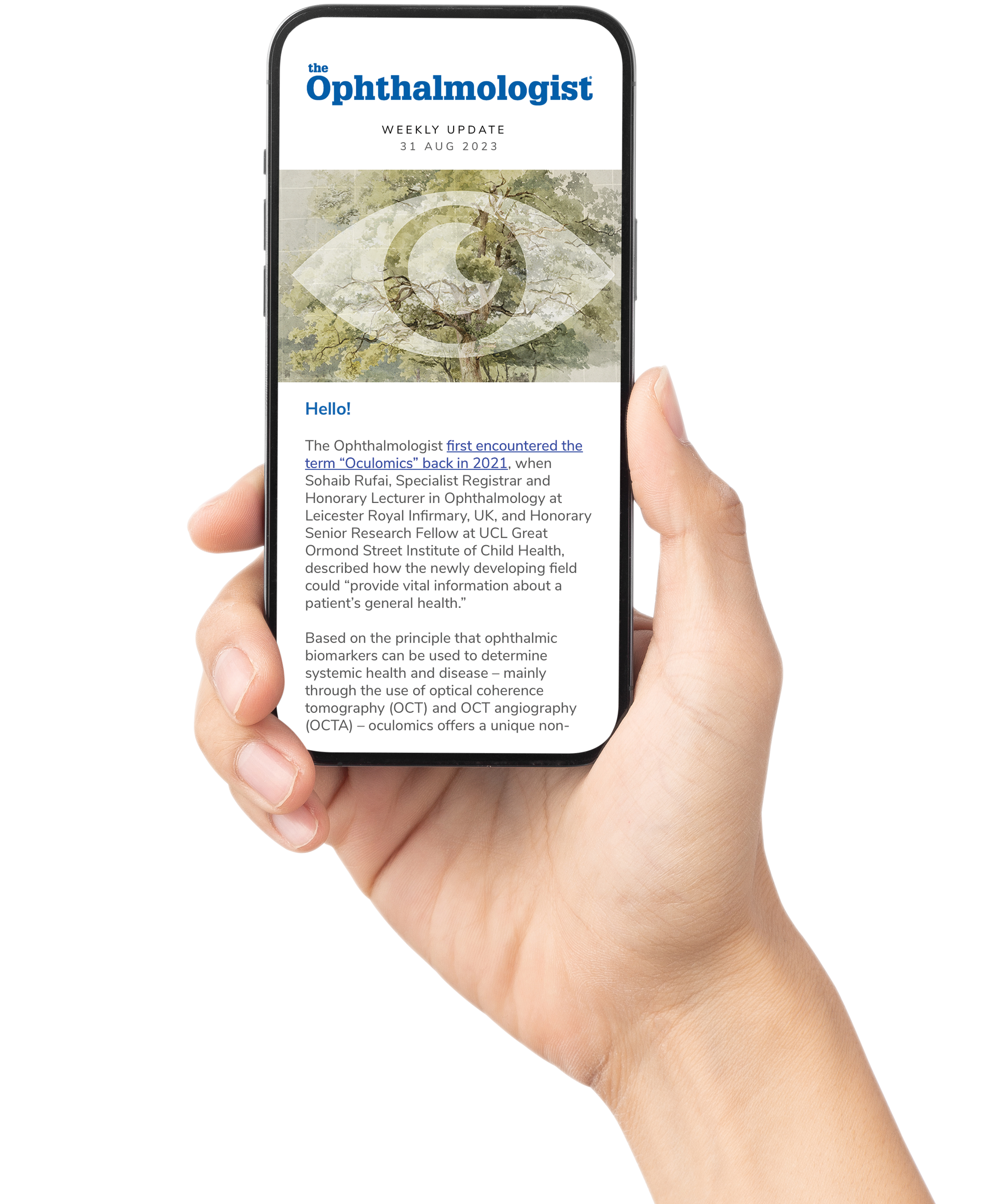A large longitudinal study from the UK Biobank has identified a novel imaging-based short-sightedness metric – Fundus Refraction Offset (FRO) – that may improve clinicians’ ability to predict the long-term risk of retinal detachment (RD) and retinal breaks, particularly among myopic patients. The research, led by Fabian Yii and colleagues at the University of Edinburgh, suggests that FRO could serve as a more individualized biomarker for identifying those at-risk from short-sightedness associated complications

FRO is derived using deep learning to predict spherical equivalent refraction (SER) from fundus photographs, generating a value that reflects how “myopic” the fundus appears relative to the actual SER. A more negative FRO indicates a disproportionately myopic-looking fundus, potentially reflecting anatomical changes not captured by SER alone.
The study followed over 9,300 participants with no prior posterior eye disease for 12 years and found that a more negative FRO at baseline was significantly associated with a higher risk of future RD or retinal breaks – even after adjusting for baseline SER, age, sex, and cataract surgery.
For clinicians, this metric offers potential utility in personalizing RD risk, particularly when evaluating myopic patients for refractive surgery, or in educating patients about symptoms that warrant urgent care. More broadly, it supports a shift from a purely diopter-based view of myopia to one that accounts for deeper anatomical risk markers.
With the source code made openly available, and deep learning model weights to follow, FRO may soon be integrated into imaging platforms for real-time risk stratification.
